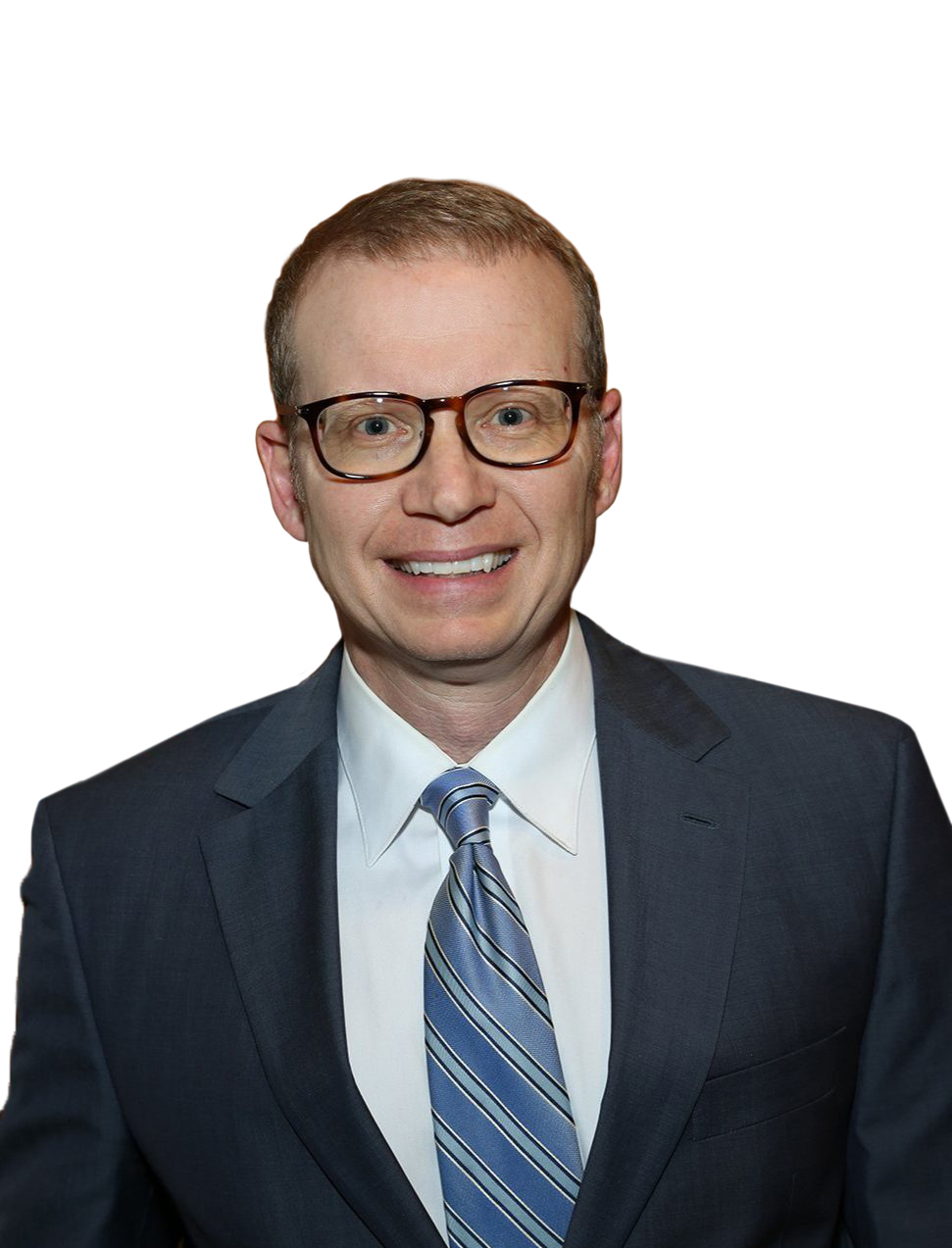Understanding Blepharoplasty
Posted By:
Dr. Chris Schaffer
Read Time: ~ minutes

Blepharoplasty is surgery performed on the upper or lower eyelids to tighten, remove or reduce the skin surrounding the eye. This procedure can be done for purely cosmetic reasons to give the eyes a more youthful appearance, but it may also be a functional procedure if skin drooping disrupts vision. This eyelid surgery may be done on either the upper or lower lids. However, both eyelids may be surgically corrected at the same time for more profound results.
The Personalized Approach of Dr. Schaffer in Blepharoplasty
While blepharoplasty is a relatively straightforward outpatient procedure, each patient can have unique needs. Age, skin type, vision concerns, aesthetic preferences and more can affect how the procedure should be carried out. Therefore, Dr. Christopher Schaffer takes a tailored approach to the procedure by building a personalized treatment and procedure plan for each patient.
Who Is a Candidate for Blepharoplasty?
Good candidates for eyelid surgery typically exhibit signs of excess skin, fat, or muscle around the eyelids, leading to aesthetic or functional concerns. Drooping skin around the eyes is common with age, but the issue can make your eyes look tired, more aged and puffy or generate issues with your field of vision in severe cases. Dr. Schaffer evaluates patients based on their overall health, eyelid anatomy, specific concerns and realistic expectations to determine candidacy for the procedure.
The Consultation Process for Blepharoplasty
Patient-doctor communication before eyelid surgery is extremely important. This meeting allows the doctor to get familiar with your anatomy, discuss your concerns, and make professional recommendations. Dr. Schaffer offers an in-depth consultation when patients reach out for help. During this one-on-one session, Dr. Schaffer will:
- Assess your overall health and unique facial features.
- Discuss your specific concerns and desired outcomes.
- Provide honest and informed information and feedback on the procedure.
- Tailor a treatment plan to meet your individual needs.
- Discuss the potential of combining eyelid surgery with other facial rejuvenation procedures for optimal results.
Preparing for Your Eyelid Surgery
The steps to prepare for your eyelid surgery will generally include:
- Scheduling a consultation with your surgeon.
- Completing medical tests and assessments for evaluation.
- Discussing current medications with your surgeon and how they should be adjusted on the day of the procedure.
- Arranging for a ride home after surgery.
- Planning for a day or two of help during recovery.
Dr. Schaffer also recommends setting up a comfortable area at home for recovery. The more you can rest and remain comfortable immediately after the procedure, the quicker your recovery will go and the faster you will heal.
The Blepharoplasty Procedure: What To Expect
Eyelid surgery, most often performed as an outpatient procedure, involves making incisions along the natural creases of the upper or lower eyelids. Dr. Schaffer carefully plans these incisions to reduce scars, achieve natural finishes and ensure that recovery time is as brief as possible for each patient.
During the procedure, the doctor addresses muscle laxity, fat accumulation or excess skin before suturing the incision. The surgery may target either the upper or lower lids, or both. Dr. Schaffer may also perform any chosen complementary procedures during the blepharoplasty.
When you awake, you can expect to have some swelling and your vision will be blurred for a bit. Once the staff at Schaffer Plastic Surgery are satisfied that you are comfortable and fully recovered from anesthesia, you will be released to return home for recovery.
Recovery and Aftercare Following Blepharoplasty
The general recovery time for swelling and bruising to subside is usually around 10 to 14 days. While temporary symptoms like blurred vision, watering eyes and light sensitivity are typical, most patients can quickly resume normal activities.
During recovery, be sure to protect your eyes from the sun, get plenty of rest and follow Dr. Schaffer’s guidance for optimal healing. For example, you will likely be told to wear sunglasses, keep your incisions clean and avoid contacts and makeup.
You may also be instructed to use ice packs to help with swelling or given medications for discomfort while healing. Dr. Schaffer and his team will be fully accessible during your recovery if you experience any issues, and you will return for a follow-up evaluation after a few days.
Results and Expectations From Blepharoplasty
Complete healing after blepharoplasty can take several weeks. During this time, swelling will subside, you will have a less-obstructed visual field and the skin around the eyes will appear more refreshed and youthful. Take a look at a few blepharoplasty before-and-after results from Dr. Schaffer’s patients:



Safety and Risks Associated With Eyelid Surgery
All surgeries come with risks, including blepharoplasty. Some complications include dry eyes, blurred vision, and eye muscle injury. However, working with an esteemed surgeon committed to patient safety like Dr. Schaffer will minimize these risks.
Why Choose Dr. Schaffer for Your Blepharoplasty
Dr. Schaffer is a highly sought-after surgeon for blepharoplasty due to his commitment to providing personalized care that prioritizes patient safety and successful results. Be sure to examine testimonials from happy patients who have undergone blepharoplasty with Dr. Schaffer, and contact us at 205.619.9905 to schedule an eyelid surgery consultation.
Gallery
View Gallery


